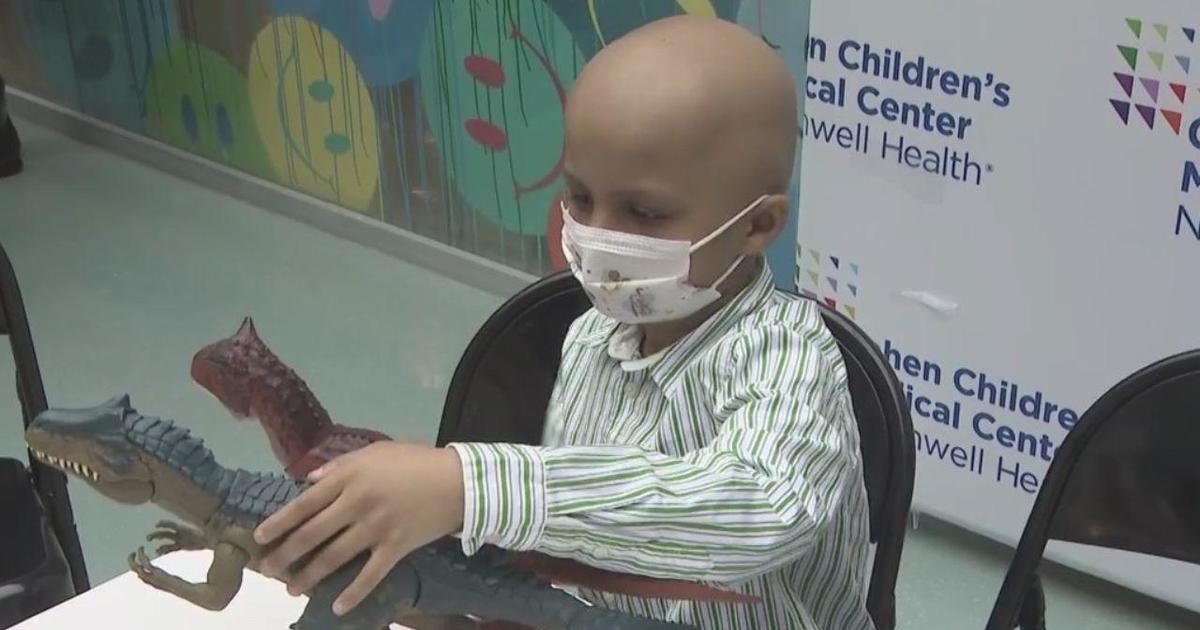New Community Health Profiles Show Disparities Among NYC Neighborhoods
NEW YORK (CBSNewYork/AP) -- In Brooklyn's impoverished Brownsville neighborhood, the average person can expect to live to 74, just over 3 out of 10 adults are obese and 8 of every 1,000 newborns don't make it to their first birthday.
Things are different in the borough's upscale Park Slope and Carroll Gardens neighborhoods: life expectancy tops 80, just over 1 out of 10 adults is obese and about 2 of every 1,000 infants die.
These snapshots capture the disparate state of health in New York City, as measured by new community health profiles officials plan to start releasing Wednesday. They zoom in on a city that can boast overall life expectancy above the national average, but where it can vary by more than 11 years between one community and another (it tops 85 among residents of lower Manhattan's financial district).
The information being released Wednesday will center on 59 communities in Brooklyn, 1010 WINS' Glenn Schuck reported.
"We know, in aggregate, that New York City is getting healthier and healthier,'' city Health Commissioner Dr. Mary Bassett said in a telephone interview. "But these 59 community health profiles let us know that there's a huge amount of variability in the health of neighborhoods.''
As a sampling, the Brownsville and Park Slope/Carroll Gardens reports illustrate both stark differences and important similarities.
Brownsville has about twice the teen birth rate, three times the poverty rate, nearly four times the rate of adult psychiatric hospitalizations, and over five times the rates of new HIV infections and assault-related hospitalizations that Park Slope has. But Brownsville also has more supermarket space, on a per-capita basis.
Yet in both communities, the top killers are the same: heart disease and cancer, by far.
And in both, people feel pretty well. More than 80 percent rate their health as "good,'' "very good,'' or even "excellent.''
The reports update nine-year-old, neighborhood-level data used by policymakers, community activists and researchers, though changes in the way communities were defined complicate comparisons to the 2006 profiles.
In addition to comparing such things as hospitalization rates for strokes and asthma, the new reports include broader measures of community well-being -- such as housing quality, incarceration rates, school absenteeism and even the square footage devoted to supermarkets.
In part, that's because a moldy, crumbling apartment could factor in respiratory problems or injuries, and the prevalence of supermarkets can reflect the availability of fresh produce. But health officials also wanted to underscore that "there are features of neighborhoods that have a bearing on the health of their residents,'' Bassett said.
"The health of a neighborhood doesn't just rely on the decisions an individual makes, but on the resources that are available to them in that neighborhood,'' and officials wanted to spur conversation about how communities can promote health, she said.
Profiles for communities in Staten Island, Queens, Manhattan and the Bronx will be released in the coming weeks.
(TM and © Copyright 2015 CBS Radio Inc. and its relevant subsidiaries. CBS RADIO and EYE Logo TM and Copyright 2015 CBS Broadcasting Inc. Used under license. All Rights Reserved. This material may not be published, broadcast, rewritten, or redistributed. The Associated Press contributed to this report.)



